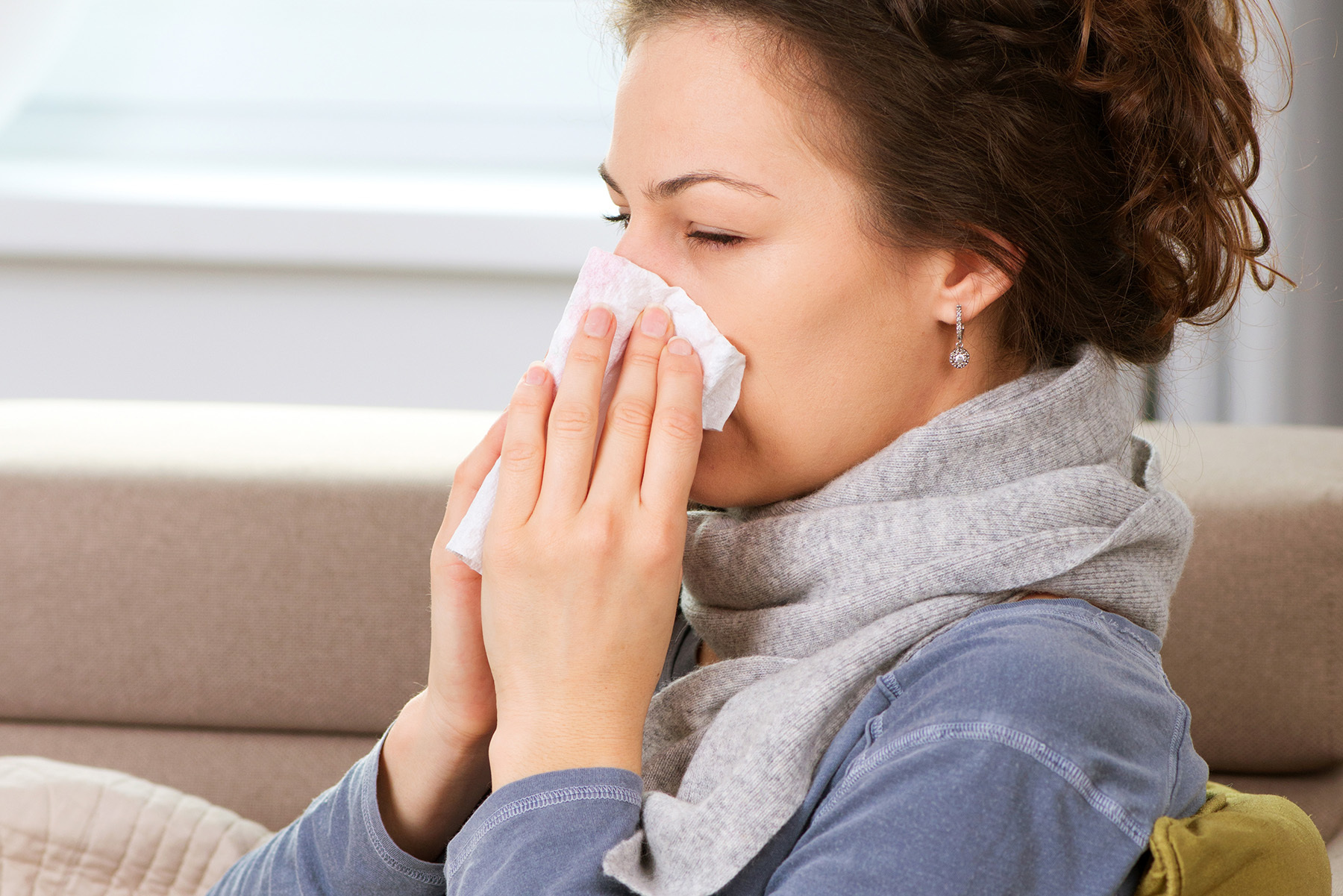Clean The Germs Away
Five Facts For Cleaning During Cold And Flu Season

Whether or not America’s official groundhog, Punxsutawney Phil, signals an early spring for 2023, North America’s cold and flu season remains in full force all the way through May. And, while no amount of cleaning can protect you from all infectious disease, it’s important to know the facts about what works and what doesn’t, so any effort you do put into preventive cleaning is both effective and realistic. Following are five key facts to know about cleaning your home during cold and flu season.
Fact #1: There is a massive difference between sanitizing and disinfecting. Sanitizing kills 99.9% of bacteria only, while disinfecting kills 99.999% of viruses, fungi, and bacteria. Sounds like a miniscule difference, right? Nope. Sanitizing, when done properly, results in a 1,000-fold reduction in exposure to germs, while disinfecting results in a 100,000-fold reduction.
Fact #2: Even in cold and flu season, hospital-level disinfecting is probably overkill when there is no actively sick, immune/health-compromised, or high-risk people – such as babies or elderly – living in a home. Washing and sanitizing hands regularly, eating nutritiously, getting plenty of sleep, and other activities that support immune health will still have greater impacts, so save disinfecting for when the above conditions are a factor, or focus mostly on high-touch common areas such as doorknobs, light switches, TV remotes, toilet flushers, sink knobs, drawer handles, and so forth.
Fact #3: Sanitizers and disinfectants don’t kill ALL infectious germs. To claim that a cleaning solution kills 99.9% of germs, its producer only needs to prove it can kill a few specific pathogens on a flat, non-porous, already-clean surface. To know exactly what a solution can kill, you need to read the fine print.
Fact #4: Disinfectants lose effectiveness when used on dirty surfaces. That “kills 99.999% of germs” claim only delivers when applied to a surface that is already clean. In fact, dirt and grime can shield pathogens from direct contact with disinfecting solutions. Some types of dirt may even consume or impair a disinfecting solution’s active ingredients. And, because no germ kill is 100%, dirt and grime can help germs to re-grow after disinfecting is complete. The takeaways here are: clean before disinfecting, always use cleaning solutions designed to bond with and lift away dirt and grime particles, and be sure cleaning tools are sufficiently absorbent to remove dirty water from surfaces you are planning to disinfect.
Fact #5: Disinfectants lose effectiveness when you fail to precisely follow manufacturer’s directions for use. For example, read the fine print on a canister of disinfecting wipes and you will learn that (1) multiple wipes are generally needed to deliver enough disinfecting solution to a surface and (2) the surface you are disinfecting needs to soak with the disinfecting solution for a full 10 minutes for a 99.999% germ kill to be achieved.
In addition to properly washing your hands and perhaps stocking up on some vitamin C as you navigate the cold and flu season, always keep these five key facts top of mind as you tackle your cleaning tasks, helping to keep you and your family in good health all winter long.

